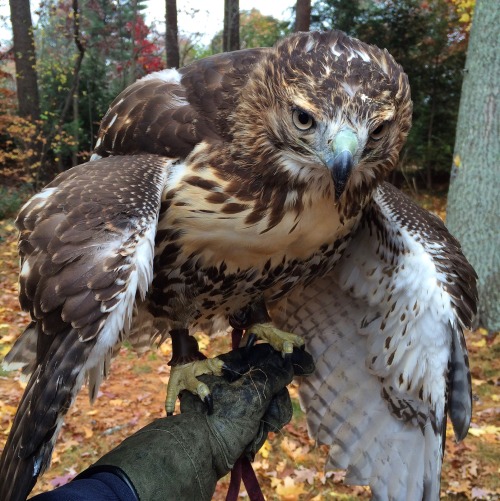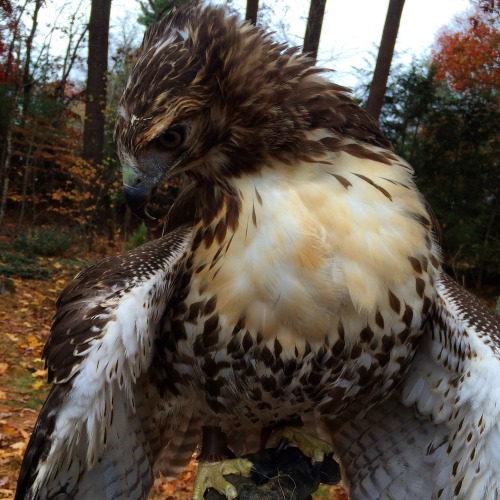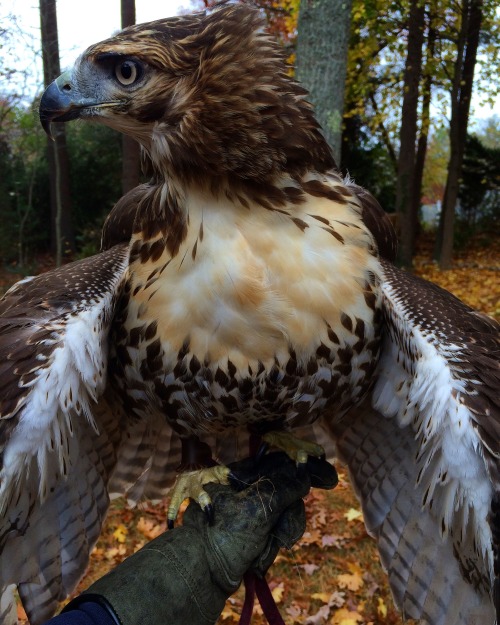The Mud Dragons Of Calvert Island, BC


The Mud Dragons of Calvert Island, BC
Shedding light on these mysterious marine creatures.
by Josh Silberg
Spiky headed dragons roam the ocean floor from the poles to the tropics. But these are not winged beasts from the pages of science fiction. These strange creatures are Kinorynchs, aka “mud dragons“, and they are very real.
Roughly the size of a grain of salt, mud dragons are often overlooked, but a team from the Hakai Institute and the University of British Columbia (UBC) hopes to give them the spotlight they deserve.
“Canada has very few reports on these animals. The first step is to know what is there,” says Dr. Maria Herranz, a Hakai post-doctoral scholar and resident mud dragon expert at UBC…
(read more and see video: Hakai)
images by Marria Harranz
More Posts from Llamaslikesciencetoo and Others

A Deep Sea Squid Cares for Her Eggs
In recent years, submersibles have allowed scientists to explore the lives of deep-sea animals in ways that were not possible before. One of the many exciting discoveries was that a mother of the deep-sea squid species Gonatus onyx broods her eggs by holding them in her arms, a behavior that had never been previously reported for squids.
This shocking discovery was the first time scientists had evidence of parental care in squids. In 2012, a team of researchers led by Stephanie Bush, reported finding another species of deep-sea squid that broods eggs, Bathyteuthis berryi, suggesting that this form of parental care may be a common solution to a reproductive problem for deep-sea squids.
Watch a video about this amazing deep-sea discovery:
http://ow.ly/ZS9jc
(via: Monterey Bay Aquarium Research Institute)

Baby parrots look like dinosaurs (Source: http://ift.tt/21GVxRO)
Date Idea: binge watch all the Free Willy movies

How do you think they'll dispose of Tillikums body? :/
They’ll probably do a necropsy after he dies to determine the exact cause of death. After that, I’m not sure what they’ll do. Normally they don’t tell anyone what happens to the animal’s body after they die. Perhaps since Tilikum is so well-known they’ll give him a proper burial/memorial? I’ve heard somewhere before (but for the life of me cannot remember where, so don’t take this as a fact) that Kalina is buried somewhere on the property of SeaWorld Orlando.
I know I’ve read that in Kamogawa Sea World they bury the dead orcas in a cherry blossom garden, which I think is very nice and respectful.

Sharks are fucking metal!

Microfilter allows non-invasive diagnosis of fetal abnormalities
A new method could allow physicians to diagnose fetal genetic abnormalities during pregnancy without the risks involved in current techniques.
A team of scientists at the Agency for Science, Technology and Research (A*STAR) Institute of Microelectronics (IME) has fabricated a microchip that can filter fetal red blood cells from the mother’s circulation. Retrieving these isolated fetal cells could allow the early diagnosis of fetal genetic abnormalities.
The technique, which would require drawing only a few millilitres of blood from an expecting mother, could be used from the eighth week of pregnancy; earlier than current prenatal diagnostic procedures.

Brain guardians remove dying neurons
By adolescence, your brain already contains most of the neurons that you’ll have for the rest of your life. But a few regions continue to grow new nerve cells—and require the services of cellular sentinels, specialized immune cells that keep the brain safe by getting rid of dead or dysfunctional cells.
Now, Salk scientists have uncovered the surprising extent to which both dying and dead neurons are cleared away, and have identified specific cellular switches that are key to this process. The work was detailed in Nature on April 6, 2016.
“We discovered that receptors on immune cells in the brain are vital for both healthy and injured states,” says Greg Lemke, senior author of the work, a Salk professor of molecular neurobiology and the holder of the Françoise Gilot-Salk Chair. “These receptors could be potential therapeutic targets for neurodegenerative conditions or inflammation-related disorders, such as Parkinson’s disease.”
Salk scientists show that two immune cell receptors, called Mer and Axl, are responsible for consuming dead or dysfunctional brain cells. An accumulation of dead cells (green spots) is seen in the subventricular zone (SVZ) – a neurogenic region – of the brain in a mouse lacking the receptors Mer and Axl. (Blue staining marks all cells.) No green spots are seen in the SVZ from a normal mouse. Credit: Salk Institute

Just some lesser known facts about octopuses you guys might like.



dragon 🐉
-
 hannesundin liked this · 4 years ago
hannesundin liked this · 4 years ago -
 deadgirlsareticklish reblogged this · 4 years ago
deadgirlsareticklish reblogged this · 4 years ago -
 deadgirlsareticklish liked this · 4 years ago
deadgirlsareticklish liked this · 4 years ago -
 funky-insanitear liked this · 4 years ago
funky-insanitear liked this · 4 years ago -
 james-silvercat liked this · 4 years ago
james-silvercat liked this · 4 years ago -
 omnibug liked this · 4 years ago
omnibug liked this · 4 years ago -
 staurozoaaa liked this · 4 years ago
staurozoaaa liked this · 4 years ago -
 wizard-kisser liked this · 4 years ago
wizard-kisser liked this · 4 years ago -
 aboynamedspock liked this · 4 years ago
aboynamedspock liked this · 4 years ago -
 freshturtlewasteland liked this · 4 years ago
freshturtlewasteland liked this · 4 years ago -
 nudibranchparty liked this · 4 years ago
nudibranchparty liked this · 4 years ago -
 instantlycrookedcollection0 liked this · 4 years ago
instantlycrookedcollection0 liked this · 4 years ago -
 peikonlainen liked this · 4 years ago
peikonlainen liked this · 4 years ago -
 bowelflies reblogged this · 4 years ago
bowelflies reblogged this · 4 years ago -
 jewishpangolin liked this · 7 years ago
jewishpangolin liked this · 7 years ago -
 thorichthys reblogged this · 9 years ago
thorichthys reblogged this · 9 years ago -
 viergacht liked this · 9 years ago
viergacht liked this · 9 years ago -
 danbensen reblogged this · 9 years ago
danbensen reblogged this · 9 years ago -
 spydr liked this · 9 years ago
spydr liked this · 9 years ago -
 llamaslikesciencetoo reblogged this · 9 years ago
llamaslikesciencetoo reblogged this · 9 years ago -
 overripejazz reblogged this · 9 years ago
overripejazz reblogged this · 9 years ago -
 jelly-babe reblogged this · 9 years ago
jelly-babe reblogged this · 9 years ago -
 cabult reblogged this · 9 years ago
cabult reblogged this · 9 years ago -
 ishachan liked this · 9 years ago
ishachan liked this · 9 years ago -
 nocturnal-smile reblogged this · 9 years ago
nocturnal-smile reblogged this · 9 years ago -
 bowelfly liked this · 9 years ago
bowelfly liked this · 9 years ago -
 llamafollower liked this · 9 years ago
llamafollower liked this · 9 years ago -
 cacajao reblogged this · 9 years ago
cacajao reblogged this · 9 years ago -
 pubniche liked this · 9 years ago
pubniche liked this · 9 years ago -
 dante21st reblogged this · 9 years ago
dante21st reblogged this · 9 years ago -
 orbiculator liked this · 9 years ago
orbiculator liked this · 9 years ago -
 a-golden-bear liked this · 9 years ago
a-golden-bear liked this · 9 years ago -
 heftycrow liked this · 9 years ago
heftycrow liked this · 9 years ago -
 cuddlykoalas reblogged this · 9 years ago
cuddlykoalas reblogged this · 9 years ago -
 cabult liked this · 9 years ago
cabult liked this · 9 years ago -
 tinselinsect liked this · 9 years ago
tinselinsect liked this · 9 years ago -
 jeezlouizabel-blog liked this · 9 years ago
jeezlouizabel-blog liked this · 9 years ago -
 billyeverydayuniverse reblogged this · 9 years ago
billyeverydayuniverse reblogged this · 9 years ago -
 billyeverydayuniverse liked this · 9 years ago
billyeverydayuniverse liked this · 9 years ago -
 danbensen liked this · 9 years ago
danbensen liked this · 9 years ago -
 jderektumbls liked this · 9 years ago
jderektumbls liked this · 9 years ago -
 cameoappearance liked this · 9 years ago
cameoappearance liked this · 9 years ago -
 seastarcrunchies liked this · 9 years ago
seastarcrunchies liked this · 9 years ago
Mainly interested in ecology, but also the entirety of science.
179 posts